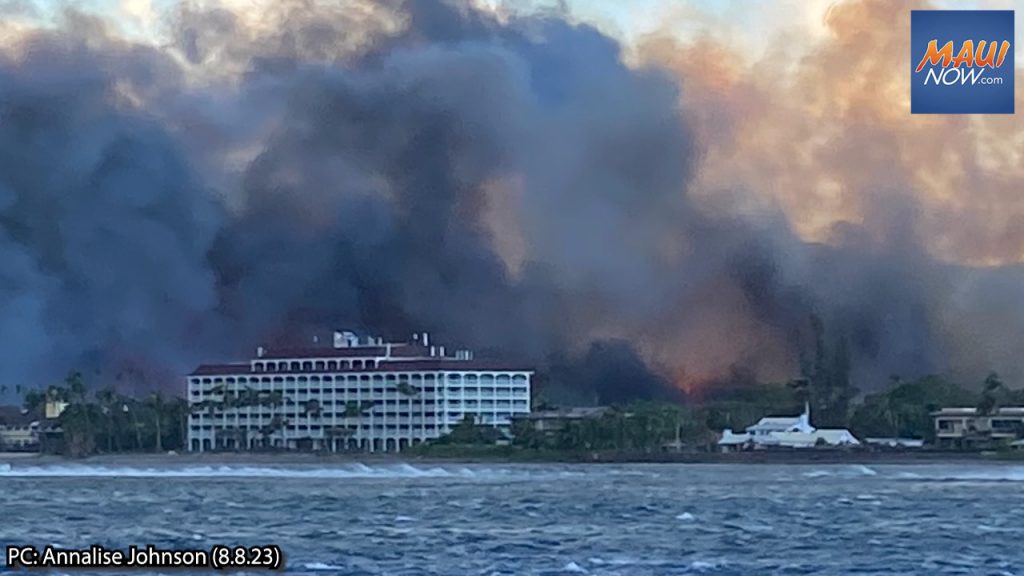Bipartisan Proposal Aims to Use AI for Managing Extreme Weather and Wildfires

Bipartisan Efforts to Enhance Weather Predictions Using AI
U.S. Senators Brian Schatz, a Democrat from Hawai‘i, and Montana Republican Tim Sheehy have announced the introduction of a bipartisan bill aimed at improving how the National Oceanic and Atmospheric Administration (NOAA) utilizes artificial intelligence (AI) for better weather predictions. This initiative seeks to help communities more effectively prepare for and respond to extreme weather events which are becoming increasingly common.
Overview of the TAME Extreme Weather and Wildfires Act
The proposed TAME Extreme Weather and Wildfires Act encompasses several key objectives:
Enhancing Forecasting Accuracy: The legislation aims to improve the accuracy and timeliness of forecasts related to weather, water, and space. By effectively disseminating critical information, communities can better prepare for potential disasters.
Boosting Analytical Capacity: It intends to strengthen the analytical abilities of federal agencies. This includes deploying resources strategically to respond to natural disasters and mitigate potential harm caused by extreme weather or wildfires.
- Fostering Public-Private Partnerships: The Act promotes collaboration between public and private sectors to accelerate the adoption and efficacy of AI in forecasting and disaster management. Partnerships are essential for tackling technical challenges in weather-related fields.
The Need for Improved Weather Predictions
Senator Schatz emphasized the urgency of this initiative, stating, "Extreme weather events are becoming more frequent, more severe, and more deadly." He believes that AI can play a significant role in enhancing weather forecasts, helping communities respond quickly to emergencies.
Senator Sheehy echoed these sentiments, highlighting that past responses to disasters, particularly in wildfire management, remain outdated. The cost of extreme weather is staggering, with the U.S. experiencing a record number of disasters in 2023 alone—28 incidents that resulted in nearly 500 deaths and damages surpassing $1 billion each.
Key Directives for NOAA
The TAME Act outlines specific actions for NOAA:
Creation of a U.S. Weather Dataset: The legislation calls for the development of a comprehensive U.S. global weather dataset. This dataset will be crucial for training AI forecasting models.
Collaboration with Academia and Private Sector: NOAA is encouraged to work alongside universities and industry professionals to innovate in the realm of weather and wildfire forecasting.
- Integration of AI Models: The Act also supports the integration of AI-based weather models into forecasts that Americans currently rely on, improving overall reliability.
Real-World Impact and Recent Events
The impact of extreme weather can be devastating, as seen in the August 2023 Lahaina wildfire, which tragically resulted in the loss of over 100 lives and widespread destruction in Maui. This event serves as a stark reminder of the urgent need for better predictive capabilities.
Legislative Support and Broader Goals
The TAME Act has gained support from various lawmakers, including Senators Peter Welch from Vermont and Ben Ray Luján from New Mexico, both Democrats, and Representative Scott Franklin from Florida, a Republican who has introduced a companion bill in the House. This wide-ranging support underscores the importance of leveraging AI to improve national response efforts.
Senator Welch pointed out, "We need to use every tool at our disposal — including artificial intelligence — to save lives and livelihoods." By requiring federal agencies to incorporate AI proactively, the legislation aims to enhance grid resilience and overall disaster response.
Moving Forward with Innovation
The push for integrating AI into federal weather prediction systems marks a significant step toward modernizing how the U.S. anticipates and responds to disasters. As the frequency and intensity of extreme weather events increase, the need for innovative solutions becomes more apparent. The TAME Extreme Weather and Wildfires Act aspires to harness the power of AI to build safer, more resilient communities ready to face the challenges ahead.






